Discover how to choose the perfect Panama hat for your face shape and size. A practical guide with tips for a...
Search in blog
Blog categories
Latest posts
-
 Panama Hats: How to know your exact size and choose a stylish hat?Read more
Panama Hats: How to know your exact size and choose a stylish hat?Read more -
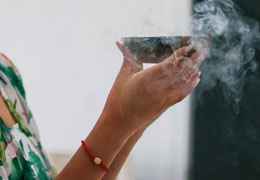 How to Protect Your Energy in Times of Crisis and Worry02/12/20252039 views 2 LikedRead more
How to Protect Your Energy in Times of Crisis and Worry02/12/20252039 views 2 LikedRead moreDiscover how Palo Santo can help you protect your energy in times of crisis. Ritualize your well-being, reduce...
-
 Green Friday: A Friday for Conscious and Sustainable Shopping11/21/20243410 views 8 LikedRead more
Green Friday: A Friday for Conscious and Sustainable Shopping11/21/20243410 views 8 LikedRead moreBlack Friday is known for encouraging impulsive buying and contributing to a "use-and-throw-away" culture, leading to...
-
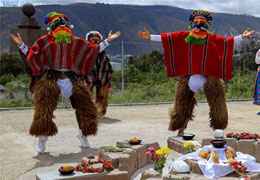 Day of the Dead in Ecuador: Traditions, Customs and the Magic of Palo Santo10/23/20244726 views 1 LikedRead more
Day of the Dead in Ecuador: Traditions, Customs and the Magic of Palo Santo10/23/20244726 views 1 LikedRead moreDay of the Dead in Ecuador: Traditions, Customs and the Magic of Palo Santo
-
 The Importance of Palo Santo in my Relaxation and Energy Balance to Attract Well-being and Prosperity10/07/20243119 views 5 LikedRead more
The Importance of Palo Santo in my Relaxation and Energy Balance to Attract Well-being and Prosperity10/07/20243119 views 5 LikedRead moreHave you ever felt that your energy is blocked, as if something were preventing well-being from flowing in your life?...
Photo gallery
-
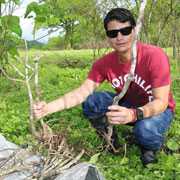
Is Palo Santo really endangered?
-
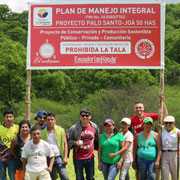
Is Palo Santo really endangered?
-
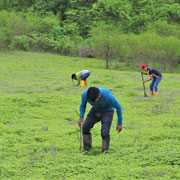
Is Palo Santo really endangered?
-
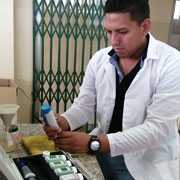
Investigations concerning the PaloSanto tree.
-
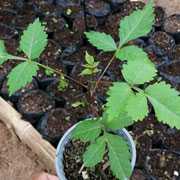
Nursery
-
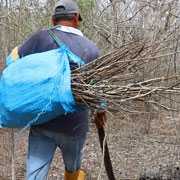
It's reforestation time! Palo santo
Popular posts
-
 Palo Santo Essential Oil, Bursera Graveolens - Uses and Benefits02/01/2017Posted in: How To?98004 views 6 comments 177 LikedPalo Santo, Ecuador's sacred wood! Originating from our dry forest of Ecuador, this tree belongs to the Burseraceae...Read more
Palo Santo Essential Oil, Bursera Graveolens - Uses and Benefits02/01/2017Posted in: How To?98004 views 6 comments 177 LikedPalo Santo, Ecuador's sacred wood! Originating from our dry forest of Ecuador, this tree belongs to the Burseraceae...Read more -
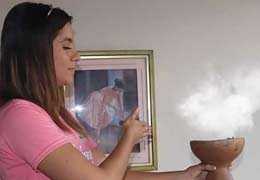 Palo Santo: A Natural Way to Cleanse Your House and Promote Well-Being and Positive Energy09/29/202385079 views 3 comments 197 LikedMany people clean and purify their home at least once a month. Many people enter our home, and each person with a...Read more
Palo Santo: A Natural Way to Cleanse Your House and Promote Well-Being and Positive Energy09/29/202385079 views 3 comments 197 LikedMany people clean and purify their home at least once a month. Many people enter our home, and each person with a...Read more -
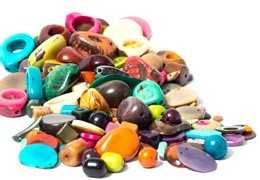 From Nature to Art: What is the tagua nut or vegetable ivory?83117 views 6 comments 223 LikedThe Tagua is a unique plant that comes from the tropical and humid mountains of Ecuador, grows wild in forests called...Read more
From Nature to Art: What is the tagua nut or vegetable ivory?83117 views 6 comments 223 LikedThe Tagua is a unique plant that comes from the tropical and humid mountains of Ecuador, grows wild in forests called...Read more -
 Straw hat: Classic Havana, your best choice61452 views 5 LikedHello friends how are you?, You know in this blog I have written a lot about straw hats toquilla, which is currently...Read more
Straw hat: Classic Havana, your best choice61452 views 5 LikedHello friends how are you?, You know in this blog I have written a lot about straw hats toquilla, which is currently...Read more -
 The True Story of the Montecristi Hat (Misnamed Panama Hat)60862 views 9 LikedThe fame and the use of this hat was wrongly and undeservedly extended with the name of “Panama Hat", without...Read more
The True Story of the Montecristi Hat (Misnamed Panama Hat)60862 views 9 LikedThe fame and the use of this hat was wrongly and undeservedly extended with the name of “Panama Hat", without...Read more


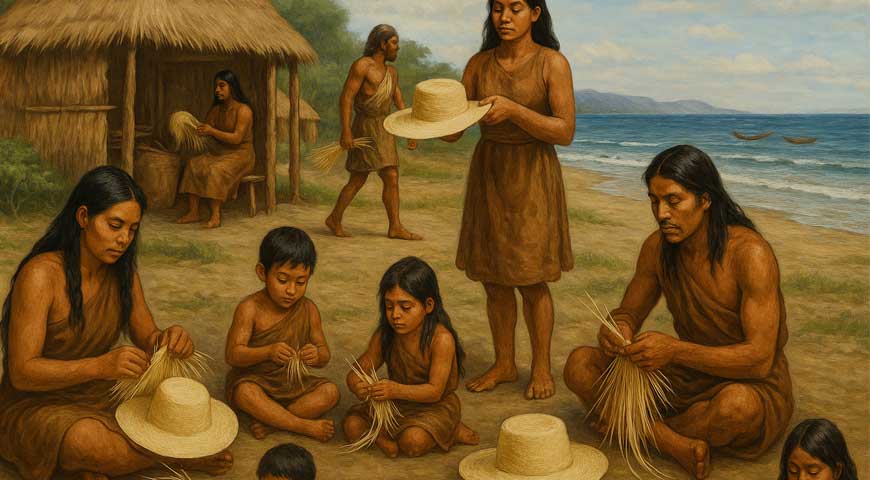
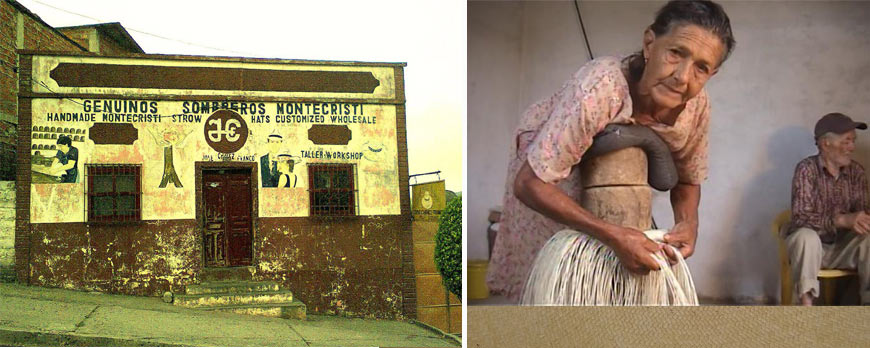
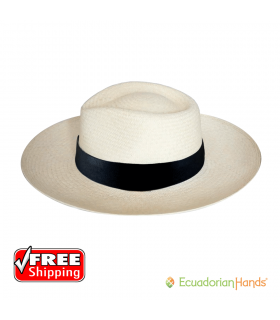

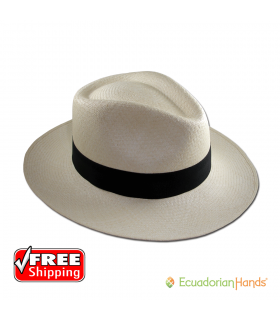
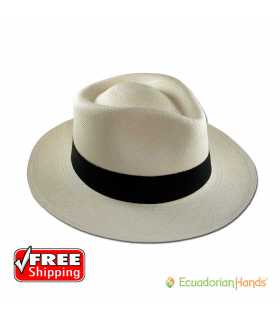
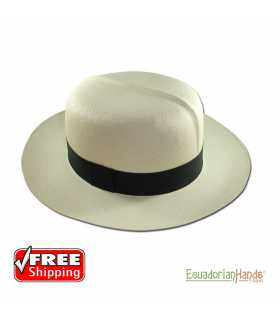

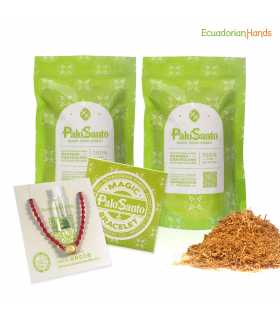

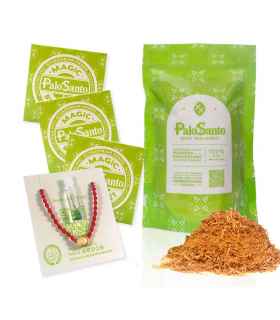
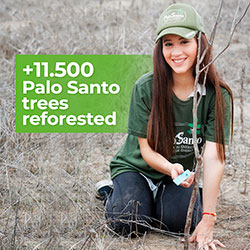
Leave a comment